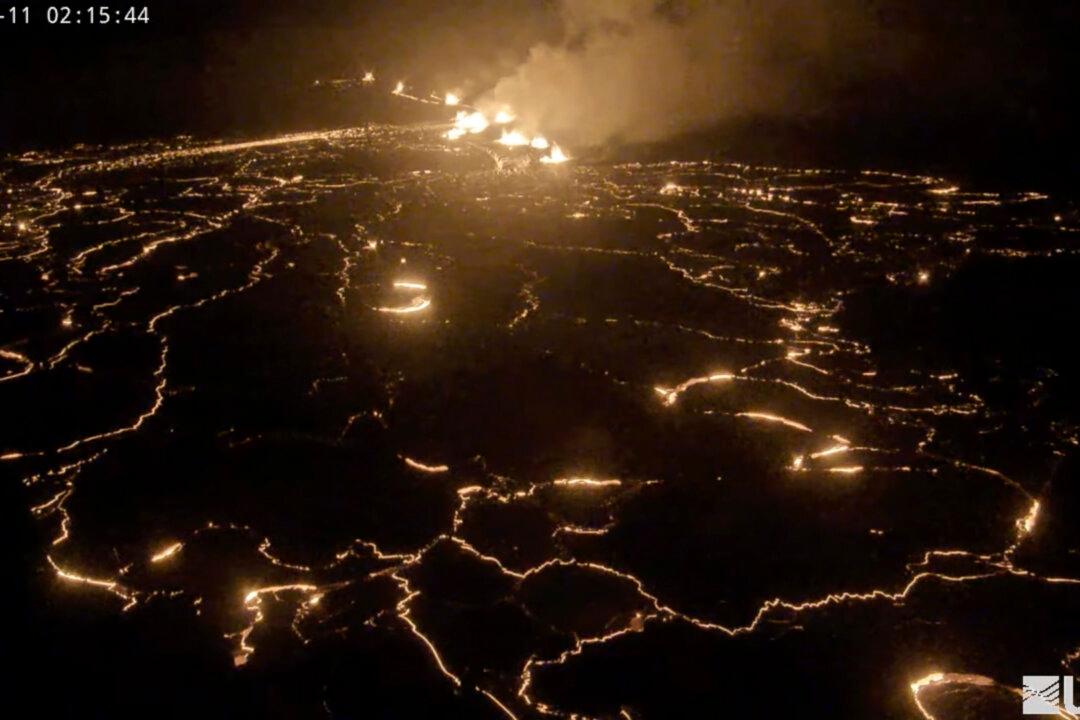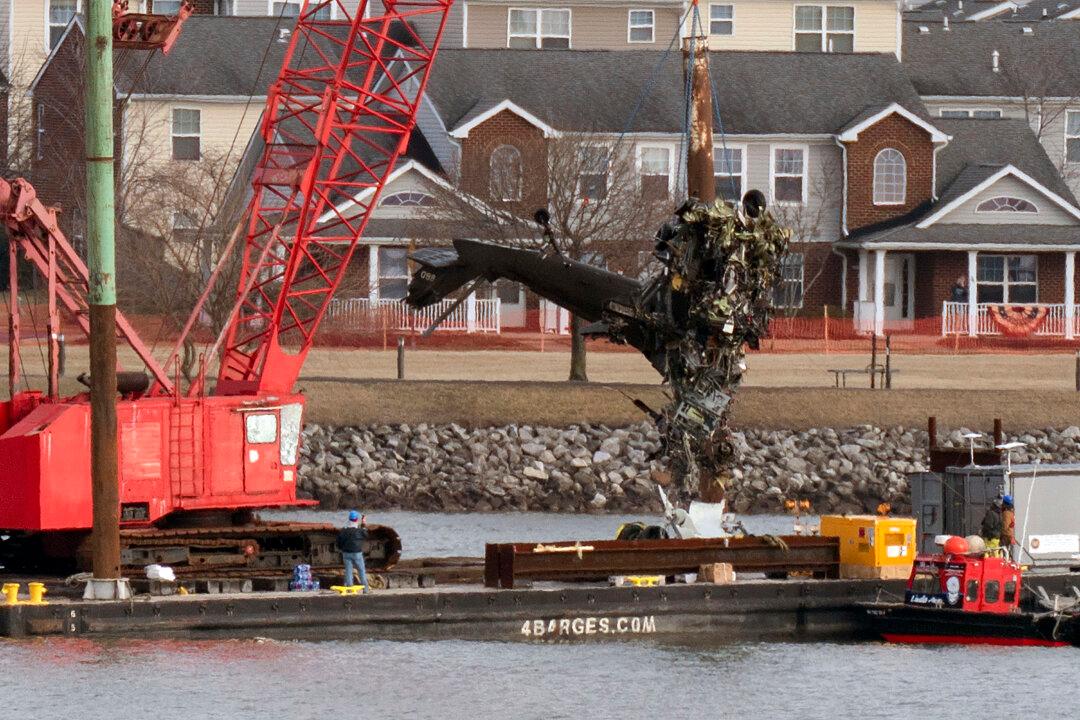Another eruption has been detected at the Kilauea volcano on Hawaii’s Big Island, with the situation prompting the U.S. Geological Survey (USGS) to elevate its volcanic alert level from “watch” to “warning.”
This is the third eruption of the Kilauea—“much spreading” in Hawaiian—volcano this year, following eruptions in January and June.





